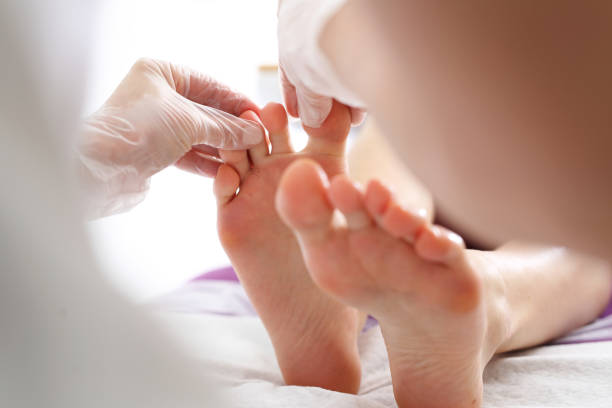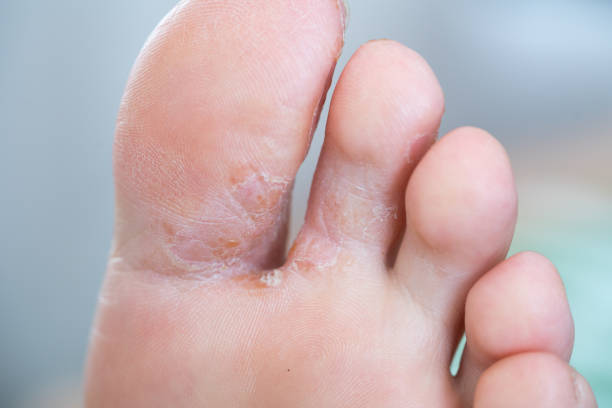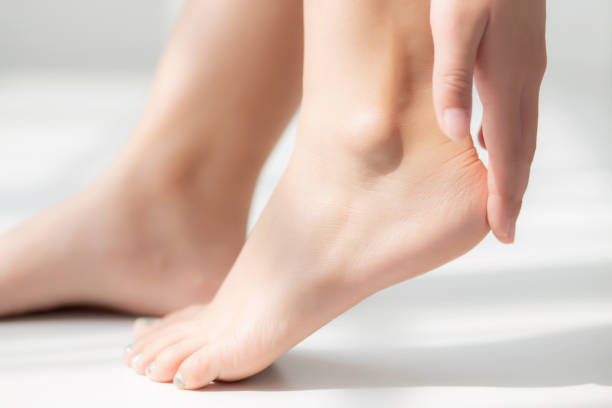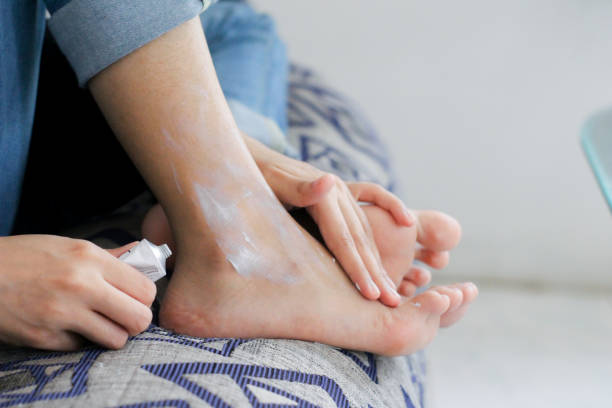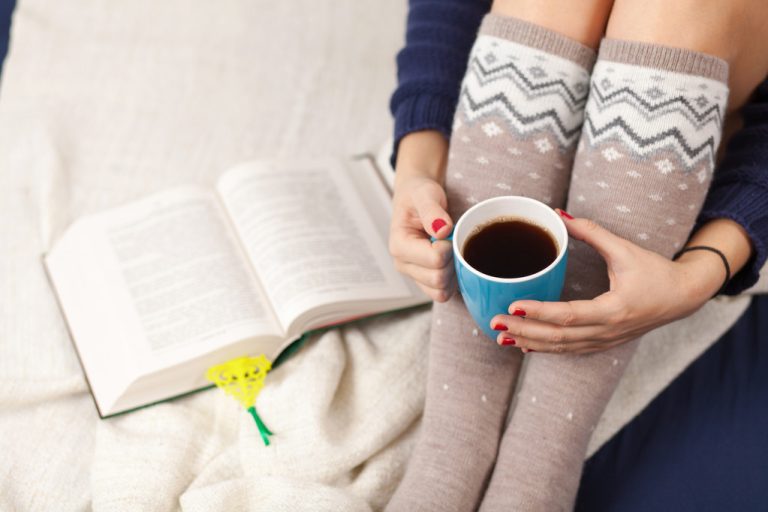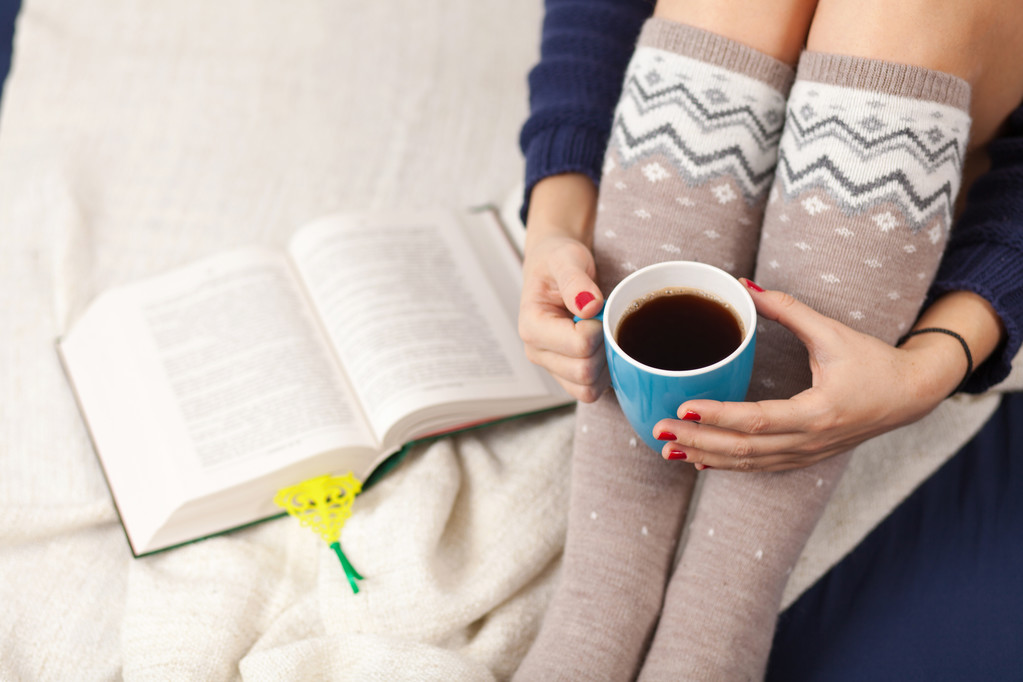Reasons for foot deformities
The feet ensure stability when standing, and cushion unevenness on the floor when walking and running. Consequently, feet are essential and their health should be taken care of. Therefore, find out now the reasons for foot deformations and useful tips to avoid foot problems.
When running, the load increases by two to five times the body weight, depending on the speed. If there are also hereditary malpositions or if the wrong shoes are worn, the feet can become deformed. Hallux valgus, splayfoot, flatfoot, or pes cavus should be mentioned here. These are not only visually noticeable but also damage foot health and general health.
Health consequences of foot deformity
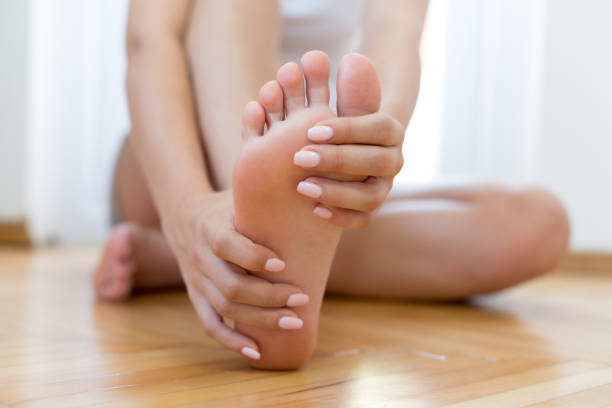
So it is conceivable that an incorrect load or a disease of the feet has an impact on the overall well-being and posture. Instability or misalignment of the feet could be noticeable up to the neck. Problems with the back, hips, or knees are therefore often caused by problems with the feet. If you have foot problems, you shouldn’t just look at your feet. The entire body should be included in the therapy. In addition, note useful home remedies for tired feet.
What foot deformities are there?
There are different foot deformities. In the following, the most common foot deformities are presented in more detail with their characteristics. A foot deformity rarely comes alone. It often occurs in conjunction with one or more other deformities. In order to avoid foot malpositions, you should know the causes of the foot malposition.
Measures against foot problems
The foot is an impressive multifunctional organ that always performs at its best. Since we depend on our feet, we should treat them with care and pay attention to them. If you suffer from one of the foot deformities presented, you can consult medical professionals on how such a deformity can be treated. Because there are various therapy and treatment options for foot deformities.
Under certain circumstances, you can live with it quite normally without it bothering you. You should also think about what measures you can take to avoid foot problems. Because you can promote the health of your feet with the right measures and consequently avoid foot problems.
1) The right footwear for foot health
In addition to the genetic predisposition, the wrong footwear promotes the occurrence of painful crooked and misaligned feet and toes. Many people still buy the wrong size shoes, often a size or two too small. Consequently, note our tips for buying shoes. So that the choice does not negatively affect the feet. Even slippers that are worn often should fit well and be made of breathable and non-toxic material. When buying children’s shoes for the home, you should choose a soft and flexible sole.
2) Use insoles for deformed feet
Wearing supportive insoles can have little or no positive effect on the progression of an existing foot deformity. But it can provide temporary relief from foot discomfort. In most cases, no preventive measures are possible in the case of splayfoot with the consequences described above. Supportive insoles, padding for the toes, or special splints are often used. Also, note how you can treat blisters on your feet and relieve pain.
3) Surgical intervention against foot malpositions
A pronounced hallux valgus usually has to be operated on in order to restore the axis in the foot. Such or similar surgical interventions, including, for example, a correction of the foot axis, should only be carried out by an experienced surgeon. Depending on the extent of the deformation, each hallux valgus should be treated differently. A splint or physiotherapy can also help to alleviate foot problems. However, most foot deformities can be avoided by wearing proper and adequate footwear. Consequently, you should widen shoes that are too tight or stop wearing them.
4) Wearing barefoot shoes to protect against injury
If you want to avoid the risks, the solution is to wear so-called barefoot shoes. Because here the person feels the feeling of walking barefoot, at the same time the feet are protected. Tests by the Mitteldeutscher Rundfunk under medical supervision showed that the load is passed through the foot in an arc. This promotes the natural distribution of power in the foot through greater stress on the muscles. Also, read which home remedies help against corns.
5) Foot care and treatments for foot problems
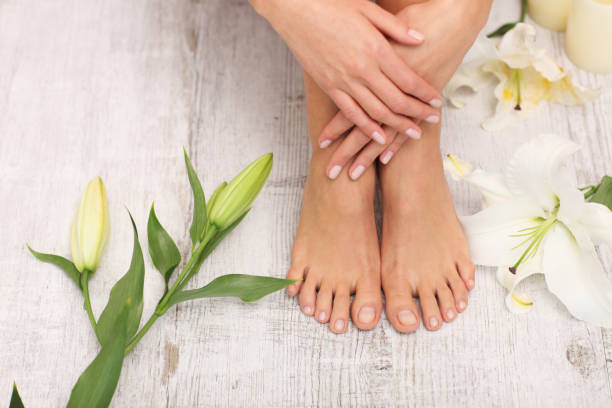
Careful handling and supportive measures are particularly important in the case of foot deformities. Also comes the general importance of taking care of your feet. This way you can avoid further foot problems. Therefore, you should take the following measures for healthy and beautiful feet:
Footbath for foot problems
In addition to choosing the right shoe, regular care plays an important role in preventing foot problems. According to Monika Ferdinand, Chairwoman of the Federal Association of German Cosmeticians, a soothing foot bath can prevent foot problems. However, the water must not be too hot and the feet must not remain in the water for more than five minutes so that the skin does not become too soft. In addition, it ensures well-groomed feet in summer.
Callus treatment for foot problems
When removing the callus, you should not overdo it, otherwise, the callus will grow back twice. For example, a self-made peeling made of salt and oil is worthwhile to remove calluses from your feet.

